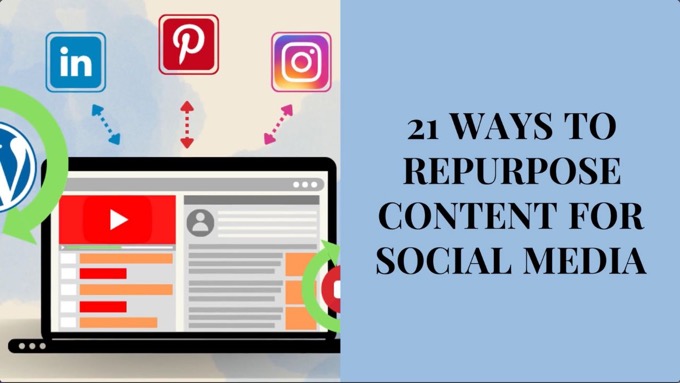Struggling to break through to the top of search results?
The secret might be more straightforward than you think!
A lot of weight in SEO still rests on inbound links (a.k.a. backlinks)...
Quality inbound links act as powerful SEO boosters, signaling to search engines the relevance and authority of a website, in turn, growing its ranking.
So how do you:
- Find inbound links so you can assess where you stand and see how to improve?
- Find inbound links to competitors too so you can uncover their linking strategies and reveal new opportunities?
You're about to find out, but first of all...
What are Inbound Links?
Inbound links, also known as backlinks, are hyperlinks from one website to another.
If another website links to yours, it counts as an inbound link.
Inbound links, or backlinks, are hyperlinks from one website to another, acting as endorsements that bolster your site's credibility and authorityClick To Post OnWhy are these links so crucial?
They are key to search engine optimization (SEO) because they demonstrate to search engines like Google that others value your content enough to link to it from their sites.
Essentially, an inbound link acts as an endorsement of your site, bolstering its credibility and authority.
Since search engines aim to present credible, authoritative results, inbound links significantly enhance your visibility in search results.
The Role of Inbound Links in SEO
Search engines employ sophisticated algorithms to assess the relevance and authority of websites concerning specific keyword searches.
Inbound links play a pivotal role in this evaluation process.
Here’s why the quality of the links you attract is more important than the quantity:
- Trust and authority—links from sites that search engines regard as more trustworthy and authoritative than yours contribute more significantly to your site's SEO. That’s why a single link from a well-established site like Forbes or a leading blog in your niche can be far more valuable than numerous links from more obscure, lesser-known websites.
- Relevance—links from sites related to your business or industry are especially valuable. Beyond SEO benefits, these links drive targeted traffic because their audiences are likely interested in your content.
- Link context—links that are contextually relevant to the surrounding content carry more weight than links found in footers or sidebars.

- Dofollow vs. nofollow—while 'dofollow' links transmit SEO benefits from the originating site to the destination site, 'nofollow' links do not. However, 'nofollow' links can still be valuable as they contribute to your site's overall traffic and visibility. Sometimes, a visitor clicking through such a link may decide to provide a ‘dofollow’ link from their own website.
How Inbound Links Influence Your SEO
Inbound links can dramatically affect your website’s position in search engine rankings in several ways:
- Enhancing domain authority—backlinks impact your domain authority, a metric used by SEO experts to predict how well a website will perform in search engines. The more high-quality inbound links you have, the higher your domain authority is likely to be.
- Improving page authority—in addition to influencing the authority of your domain, inbound links also enhance the authority of individual pages, helping them rank well for relevant queries.
- Increasing visibility and traffic—effective backlinking boosts your SEO and increases your visibility in search engines, thereby attracting more organic traffic.
How to Find Inbound Links
Understanding who links to your website is the first step in leveraging inbound links for SEO.
You need to know who's linking to you already so you know where you stand, and can start to make improvements to your inbound linking opportunities.
As well as finding inbound links to your own website, you can also find links to competitor websites, illuminating new linking opportunities for you that help improve your own online visibility.
1. Use Google Search Console
One of the most accessible and powerful tools to find inbound links to your own website is Google Search Console, a free tool everyone has access to.
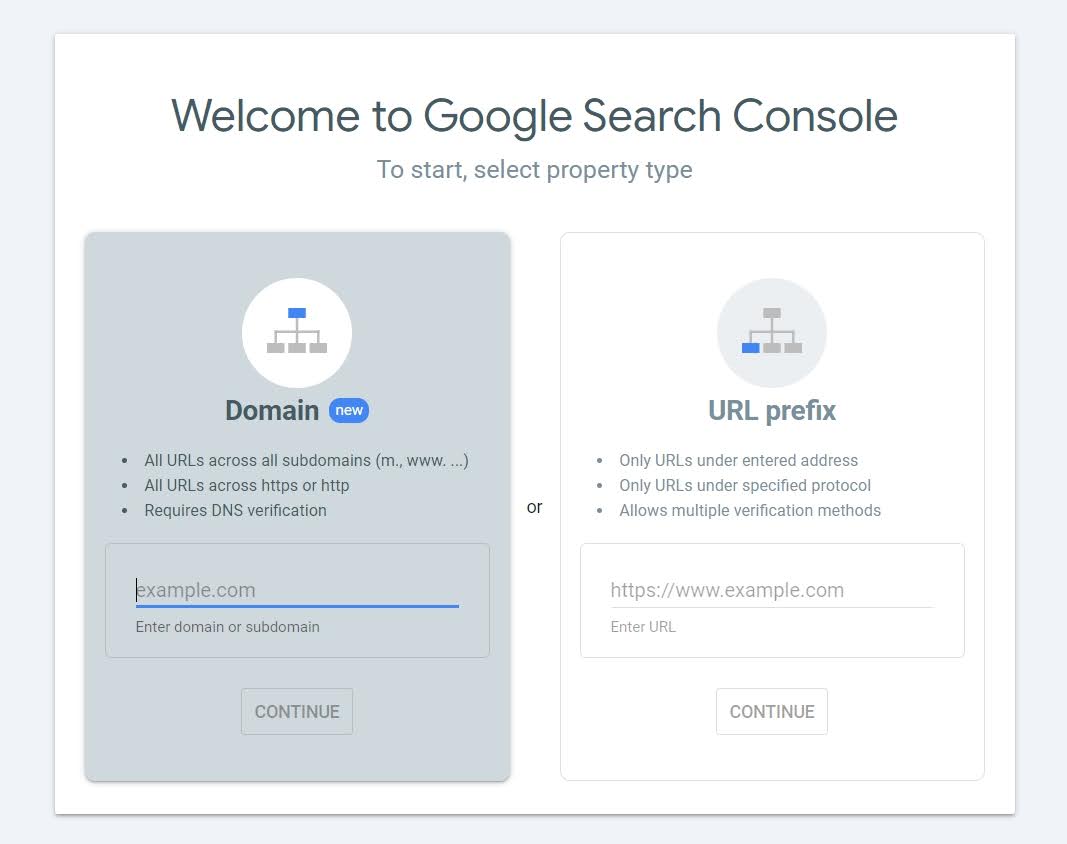
Google Search Console is a free service offered by Google that helps you monitor, maintain, and troubleshoot your site’s presence in Google’s search results.
To be clear, you don’t need to sign up for your website’s pages to be included in Google’s SERPs (search engine results pages), but Search Console helps you understand and improve how Google sees your site.
Google Search Console is a free tool that provides insights into your site's inbound links, helping you monitor and analyze your backlink profileClick To Post OnIf you’re not yet signed up, watch the following video for a quick overview, or click here for the full guide.
Here’s how to use it:
- Go to Google Search Console.
- Choose your property.
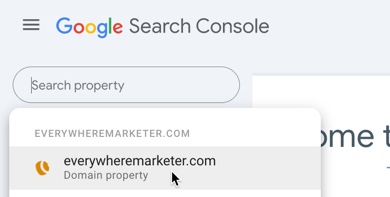
- Navigate to the Links section via the side menu. This section provides detailed information about how other sites are linking to your pages.

- Locate the External links section on the page—you’ll see Top linked pages and Top linking sites. Top linked pages reveals which of your pages receive the most links, while Top linking sites shows which external sites link to you the most.
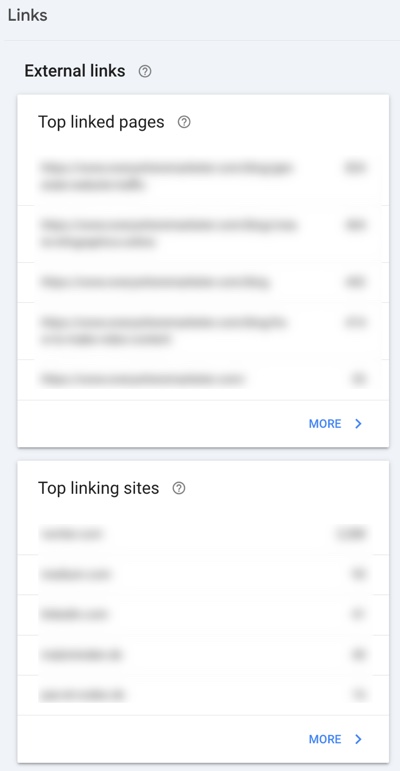
2. Use Advanced SEO Tools
While Google Search Console offers a great starting point for understanding your own site’s inbound links, third-party tools like Ahrefs and SEMrush provide deeper insights into your backlink profile.
(We'll look at how these tools can also help you find links to competitor websites in the next section!)
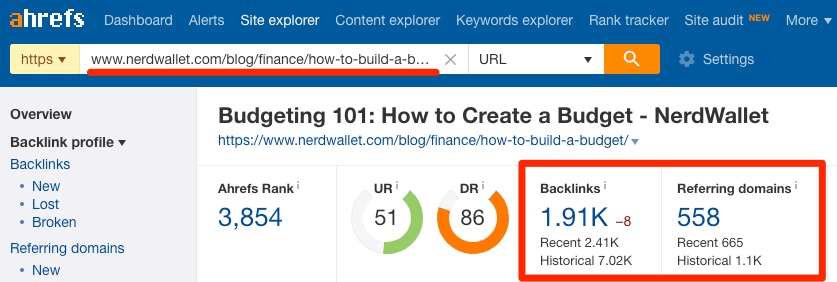
Ahrefs
This powerful tool offers a comprehensive view of your backlink profile, providing insights such as:
- The total number of backlinks.
- The quality of these links.
- How the link profile changes over time.
Here's how you can use Ahrefs effectively:
- Go to the Site Explorer tab and enter a domain name, whether yours or a competitor’s.
- Navigate to the Backlink profile section to see an in-depth analysis of incoming links.
SEMrush
Similar to Ahrefs, SEMrush provides extensive data about your backlink profile.
To use it, simply:
- Access the Backlinks Analytics tool.
- Enter a domain for a comprehensive report.
You can also use these tools to…
3. Spy on Competitors’ Inbound Links
Gaining insights into your competitors' backlink strategies can provide valuable clues to boosting your own SEO efforts.
By finding their inbound links too, you can identify new opportunities and potentially tap into similar sources.
Spying on competitors' inbound links can uncover their linking strategies, providing new opportunities to enhance your own SEO effortsClick To Post OnHere’s how you can start analyzing your competitors' inbound links with precision…
Use Advanced SEO Tools
First, let's look at how to use SEO tools above, Ahrefs and SEMrush, to analyse the backlinks of competing websites.
With their comprehensive capabilities in competitive analysis, these tools are indispensable—here's how to put them into action.
Ahrefs
- Enter the competitor’s domain via the Site Explorer tab.
- Navigate to the Backlink profile tab to get a detailed look at who is linking to your competitor, the quality of these links, and how they have evolved over time.
- Explore link opportunities by identifying patterns in their backlink sources. Are industry blogs linking to them? Are there guest posting sites they frequently use? These insights can guide your own outreach strategies.
SEMrush
- Access the Backlink Analytics Tool and type in a competitor’s domain.
- The tool will provide comprehensive backlink data including the types of backlinks (text, image, form), the geographic distribution of these links, and the domain authority of linking sites.
- Analyze competitor strategies by looking for common trends in their most successful content or frequent backlink sources. This can reveal potential niches or content types you might be underutilizing.
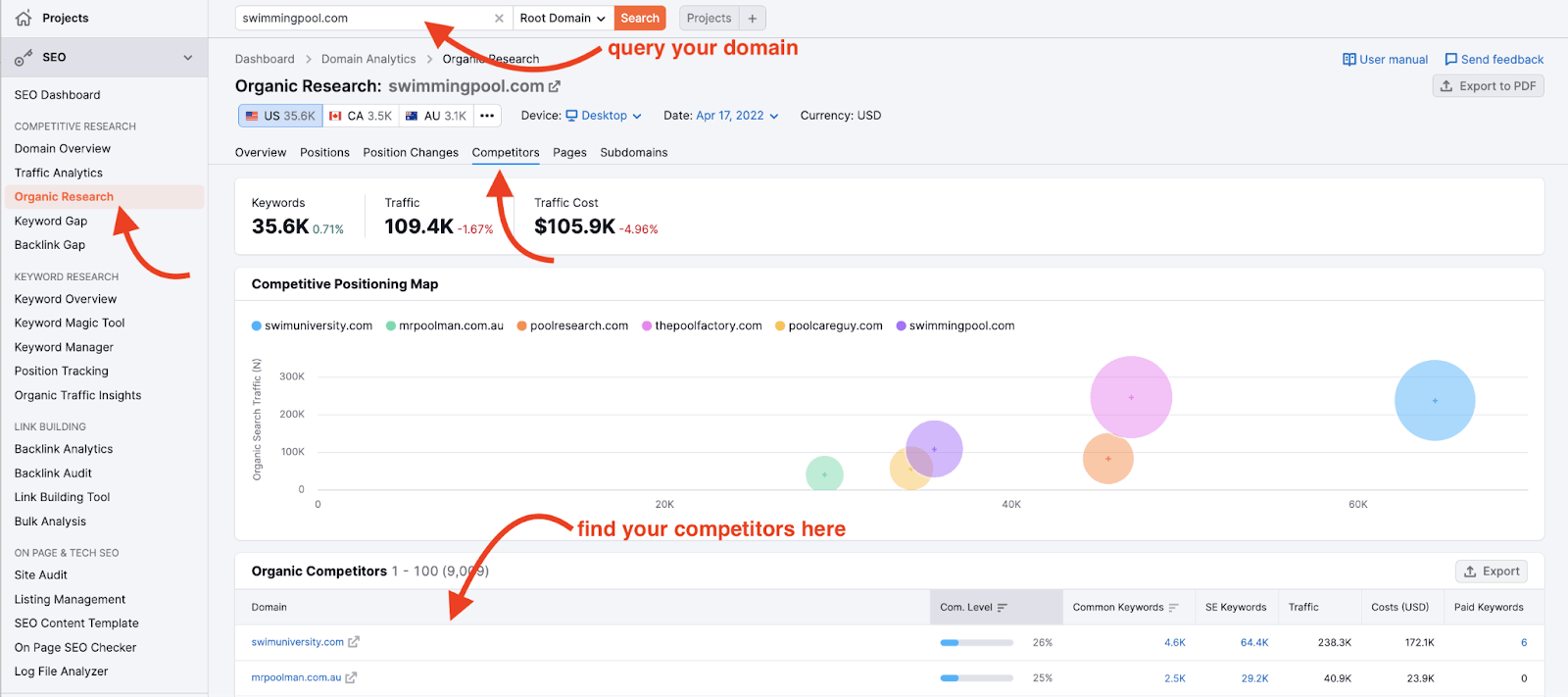
Monitor Their Online Activity
But SEO tools aren't the only way to find inbound links to competitor websites.
Another effective way to both find such links and uncover new backlink opportunities for you is by keeping an eye on your competitors’ partnerships and guest blogging activities
Track Blog Posts and Announcements
Regularly visit the official blog and news section of competing websites, and subscribe to their email list for updates.
Watch out for announcements about collaborations, guest appearances, and joint ventures—these are prime indicators of where their backlinks might be coming from.
Follow Their Social Media
Their social profiles can be a goldmine of information regarding upcoming partnerships or guest posts.
Pay special attention to the content they share from other brands or influencers, as it may indicate who they are collaborating with and where inbound links are potentially coming from.
Leverage Your Research
Once you've done the research through one or more SEO tools as well as by monitoring your competitors' online activity, it’s time to act on the information you've gathered.
Here’s how:
- Identify gaps in your own inbound linking strategy—are there reputable sites linking to your competitors, but not to you? Think about how you can get in on the action. For example, can you offer those sites unique quality content that they might consider linking to?
- Improve content and outreach—use the insights gathered to fine tune your content strategy or to enhance your outreach efforts, targeting sites that have shown interest in content from your competitors, or who are otherwise collaborating with them.
5 Key Strategies for Building New Inbound Links
Once you've done the work to find your existing inbound links, as well as finding out more about your competitors' backlink strategy, you can start to build on these foundations and grow your inbound link profile to help your SEO.
Here are 5 key strategies for building new inbound links for potential SEO benefits, as well as direct referral traffic…
1. Create High-Quality, Engaging Content
To attract high-quality backlinks, a primary goal should be to create content that is informative, engaging, and valuable enough to be worthy of such links.
In essence, make it so good that it stands out and other sites will want to link to it.
Focus on these types of content:
- Original research and data—other sites love linking to content that offers new insights or comprehensive data, because it provides value to their own readership and helps to formulate and validate their assertions.
- Comprehensive guides and how-tos—detailed guides that comprehensively cover a topic are invaluable for readers and are often linked to as a helpful resource.
- Infographics and visual data—visual content is shareable and easy to link to, making it a great option for attracting backlinks.
- Case studies and success stories—these demonstrate real-world applications and are often cited by others looking to illustrate similar points.
- Video tutorials and webinars—these can establish your authority in a niche and are frequently shared and linked to as educational resources.
2. Leverage Guest Blogging
Guest blogging on reputable sites not only helps you broaden the reach of your content but also earns you valuable backlinks.
Here are a couple of ways to maximize its benefits:
- Choose the right blogs—target blogs that are influential in your niche and have a high domain authority.
- Provide unique insights—offer content that adds value to the host site and compels them to feature your work.
Here’s a full guide: Guest Post Submissions: A Guide to Unlocking New Audiences for Your Content
3. Participate Actively in Relevant Online Communities
Engage with online communities related to your industry by participating in discussions, answering questions, and sharing useful content.
This can lead to natural backlinks as community members reference your contributions.
Such communities include:
- Forums and discussion boards—become an active member, providing helpful answers and insights.
- Social media groups—share your expertise and engage with posts to establish your authority.
4. Build Relationships with Industry Influencers
By connecting with influencers and thought leaders in your industry, you can attract backlinks through shared projects, mentions, and endorsements:
- Collaborate on content—co-create content that benefits both parties and encourages sharing.
- Interviews and expert roundups—these are not only great for engagement but also encourage participants to link back to the content.
5. Monitor Your Backlink Profile Regularly
Keep track of your backlink profile using tools like those discussed above, namely Google Search Console, Ahrefs, or SEMrush.
This will help you identify and disavow any poor-quality links that could harm your SEO.
Frequently Asked Questions
What are inbound links?
Inbound links, also known as backlinks, are hyperlinks from one website to another, acting as endorsements that bolster your site's credibility and authority.
Why are inbound links important for SEO?
Inbound links demonstrate to search engines that others value your content, boosting your site's credibility, authority, and visibility in search results.
How can I find inbound links to my website?
Use Google Search Console to analyze your backlink profile by navigating to the Links section and exploring Top linked pages and Top linking sites.
How can I spy on competitors' inbound links?
Use advanced SEO tools like Ahrefs and SEMrush to enter a competitor's domain and access detailed insights on their backlink profile and strategies.
What are key strategies for building new inbound links?
Create high-quality content, leverage guest blogging, engage in online communities, collaborate with influencers, and regularly monitor your backlink profile to enhance SEO.
To Conclude
Inbound links are a key ingredient in the recipe for online success, serving as vital pathways that not only generate traffic but also enhance your site’s SEO by boosting its credibility and visibility.
Start by finding and examining your own inbound links, then move on to analyze your competitors’ links to identify new opportunities for growth and improvement.
Remember though, the goal is not just to accumulate as many links as possible. Instead, it is to build a quality backlink profile that grows your site’s authority and credibility, and enhances its ranking on search engines.
By tracking and analyzing your inbound links and continuously refining your link-building strategies, you’ll not only stay ahead of the competition but also see a marked improvement in your SEO results.
Did you know that outbound links also matter for SEO? Check out our guide on the truth about outbound links and SEO—click here.



